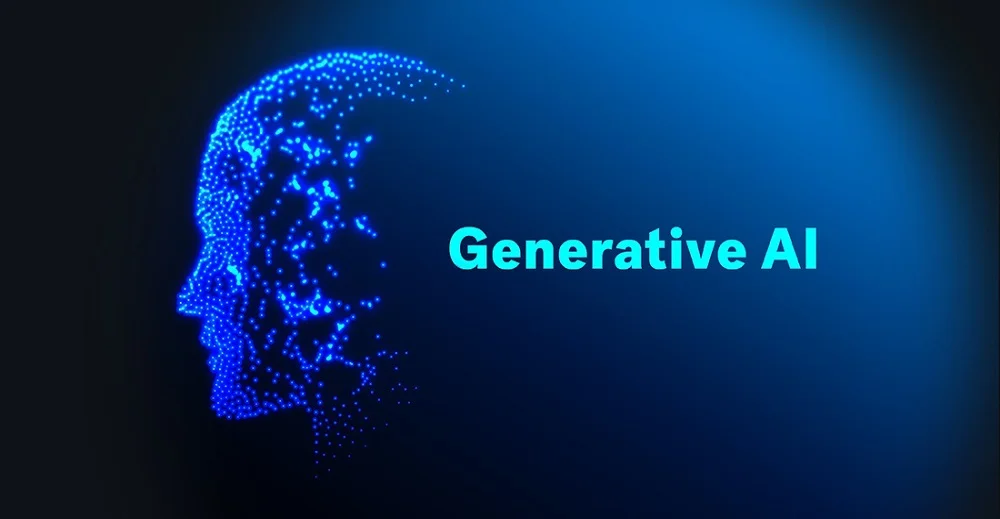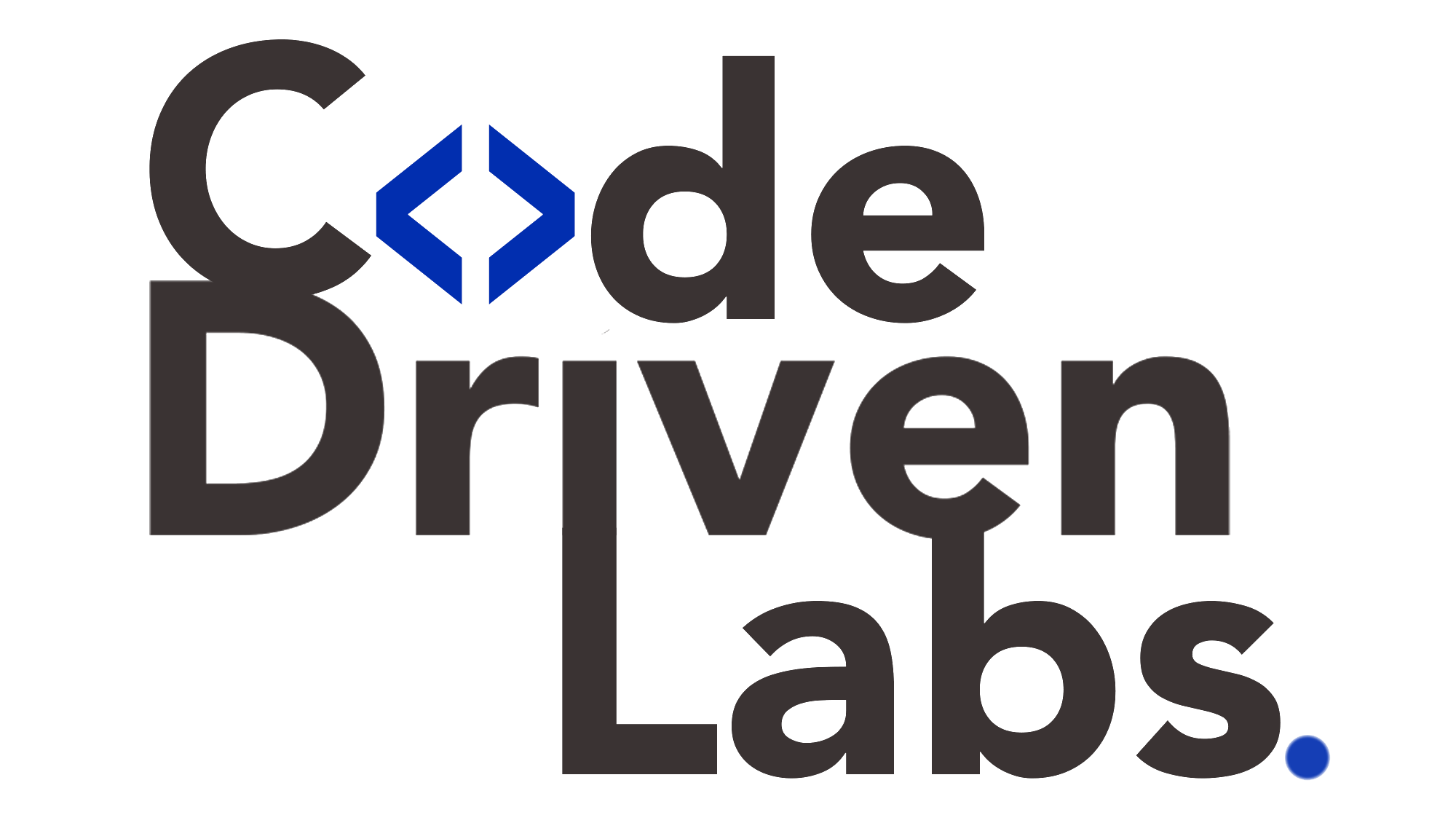Level up your business with US.
- Home
- The Role of Generative AI in Crafting Dynamic Website Content
The Role of Generative AI in Crafting Dynamic Website Content
September 9, 2025 - Blog
The Role of Generative AI in Crafting Dynamic Website Content
In the past, websites were static collections of pages filled with manually curated text, images, and links. While those early sites served their purpose, they often lacked the ability to adapt, evolve, or engage users in a personalized way. Fast forward to 2025, and the landscape of web development looks entirely different. Businesses no longer compete solely on design or basic functionality; instead, they compete on content dynamism, personalization, and relevance. At the heart of this revolution lies Generative AI, a powerful technology that is redefining how website content is created, updated, and delivered.
Generative AI is not simply about producing text. It encompasses the ability to generate images, videos, product recommendations, and interactive experiences—all tailored to user preferences and real-time context. With its ability to learn from data and generate content that feels both original and relevant, generative AI is becoming a cornerstone of digital strategies across industries.
This article explores the role of generative AI in crafting dynamic website content, its benefits, its challenges, and how code-driven labs play a pivotal role in ensuring these systems are secure, scalable, and user-focused.

What Is Generative AI in Website Content?
Generative AI refers to artificial intelligence models capable of creating new content based on the patterns and structures learned from large datasets. In the context of websites, this means the AI can produce dynamic and contextually relevant:
-
Blog posts, landing pages, and product descriptions.
-
Images, banners, and personalized visuals.
-
Interactive elements such as quizzes, FAQs, or dynamic chatbots.
-
Video snippets, animations, and explainer graphics.
-
Personalized recommendations and targeted calls-to-action.
Instead of static content that remains the same for every visitor, websites powered by generative AI adapt and evolve, creating unique user journeys for each visitor.
Why Dynamic Content Matters in 2025
The modern internet user expects websites to understand, anticipate, and deliver personalized experiences. Dynamic content—whether it’s a customized homepage, a relevant product suggestion, or a blog that updates itself with fresh insights—ensures higher engagement, stronger trust, and better conversion rates.
Some key reasons dynamic content matters today:
-
User Attention Spans Are Shorter: Visitors will quickly leave sites that don’t immediately offer value.
-
Personalization Increases Conversions: Tailored recommendations often result in higher sales and lead generation.
-
SEO Optimization: Search engines reward websites with fresh, relevant, and context-aware content.
-
Globalization Demands Flexibility: Content must adapt to cultural, linguistic, and demographic differences seamlessly.
-
Competition Is Fierce: Businesses that don’t innovate risk falling behind competitors who use AI to create richer digital experiences.
How Generative AI Creates Dynamic Website Content
1. Automated Content Generation
Generative AI can instantly create product descriptions, blog articles, or promotional copy. For e-commerce platforms, this reduces the manual burden of writing thousands of descriptions while ensuring SEO-friendly content.
2. Personalized Recommendations
By analyzing user behavior, generative AI suggests products, articles, or features tailored to an individual’s browsing history and preferences.
3. Adaptive Visuals
AI tools generate customized images, banners, or even videos based on the demographics or interests of site visitors. For instance, an online travel portal could show different imagery depending on whether the user is from Asia, Europe, or the Middle East.
4. Conversational Interfaces
Generative AI powers chatbots and voice assistants that dynamically respond to user queries, offering not just static answers but context-rich suggestions.
5. Multilingual Content Creation
AI can automatically translate and localize website content into multiple languages, ensuring global accessibility without losing nuance or cultural relevance.
6. Real-Time Updates
Websites integrated with generative AI can update themselves dynamically with breaking news, industry updates, or inventory changes, ensuring relevance at all times.
7. SEO Enhancement
AI systems dynamically adjust keyword density, headings, and metadata to optimize search rankings, ensuring the website stays visible in competitive markets.
Benefits of Generative AI in Website Content
-
Scalability: Businesses can generate content at massive scale with minimal resources.
-
Consistency: AI ensures a uniform tone and style across thousands of web pages.
-
Faster Time-to-Market: Dynamic content reduces bottlenecks in content production.
-
Higher Engagement: Personalized experiences keep users on websites longer.
-
Cost Savings: Reduces reliance on large content creation teams.
-
Global Reach: Automatic multilingual capabilities expand markets.
Challenges of Using Generative AI in Content Creation
Despite its advantages, generative AI introduces certain challenges:
-
Quality Control: AI-generated content must be reviewed for accuracy, especially in regulated industries like healthcare or finance.
-
Bias and Fairness: AI models can unintentionally perpetuate bias if trained on biased datasets.
-
Data Privacy Concerns: AI-driven personalization relies heavily on user data, which must be handled securely.
-
Over-Automation Risks: Content that feels too automated can harm brand authenticity.
-
Security Vulnerabilities: AI-powered websites must be safeguarded against malicious exploitation of content-generation systems.
This is where code-driven labs play an essential role in ensuring that generative AI delivers safe, accurate, and reliable results.
How Code-Driven Labs Support Generative AI in Websites
Code-driven labs are automated environments that integrate development, testing, and deployment workflows into a unified pipeline. They are critical for building and maintaining AI-powered websites because they ensure security, scalability, and consistent performance.
1. Automated Testing for Content Accuracy
Labs allow businesses to test AI-generated content against quality standards, ensuring accuracy, compliance, and consistency before it goes live.
2. Security Validation
Generative AI systems can be targeted by hackers. Code-driven labs perform vulnerability scanning, penetration testing, and real-world attack simulations to protect websites.
3. Continuous Integration and Deployment (CI/CD)
With dynamic content, updates are constant. Labs ensure every update is tested and deployed safely without breaking website functionality.
4. Multi-Platform Validation
Generative AI-driven websites must function across devices, browsers, and regions. Code-driven labs automate testing across these environments, ensuring consistency everywhere.
5. Scalability Testing
As traffic grows, content delivery must remain smooth. Labs simulate heavy loads to ensure AI-driven content systems scale without crashing.
6. Compliance and Ethical Checks
For industries like healthcare or finance, compliance with regulations (GDPR, HIPAA, PCI-DSS) is vital. Code-driven labs integrate compliance validation directly into testing pipelines.
7. Feedback Loops for Model Training
AI thrives on feedback. Labs establish automated feedback systems to refine AI models continuously, improving personalization and reducing errors.
8. Reduced Time-to-Market
By automating repetitive testing, labs accelerate deployment timelines, allowing businesses to deliver innovative AI-powered experiences faster.
Business Advantages of Combining Generative AI with Code-Driven Labs
-
Enhanced Security: AI-generated content is validated and protected from threats.
-
Improved Reliability: Continuous testing ensures accuracy and consistency.
-
Operational Efficiency: Automation reduces manual testing and oversight.
-
Customer Trust: Secure and high-quality content fosters stronger brand loyalty.
-
Future-Proof Scalability: Businesses can handle increasing demand confidently.
The Future of Generative AI in Website Content
Looking ahead, generative AI will play an even greater role in shaping digital content strategies:
-
Hyper-Personalization: Websites will deliver unique content to each visitor in real time.
-
Generative Design: AI will create not only text and images but entire web layouts customized for each user.
-
Voice and Video Integration: Real-time video and voice-based personalization will become mainstream.
-
Context-Aware Content: AI will adapt content based on location, weather, or even mood.
-
Ethical AI Systems: Future frameworks will ensure transparency, bias reduction, and compliance in AI-generated content.
Businesses that leverage generative AI alongside code-driven labs will be well positioned to thrive in this dynamic digital future.
Conclusion
Generative AI is transforming how websites create and deliver content, moving away from static, one-size-fits-all models to dynamic, personalized, and context-aware experiences. It enables businesses to scale content production, enhance SEO, and engage users in new and meaningful ways.
However, the integration of generative AI into web platforms requires robust testing, validation, and continuous monitoring to overcome challenges like bias, data privacy, and security. Code-driven labs provide the automation, scalability, and security needed to deploy generative AI successfully. By combining the creative power of AI with the structured rigor of code-driven labs, businesses can ensure their websites remain dynamic, secure, and user-focused in 2025 and beyond.
